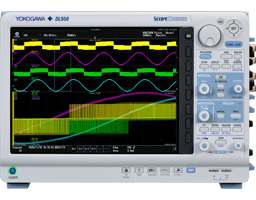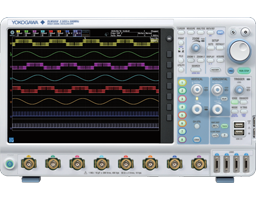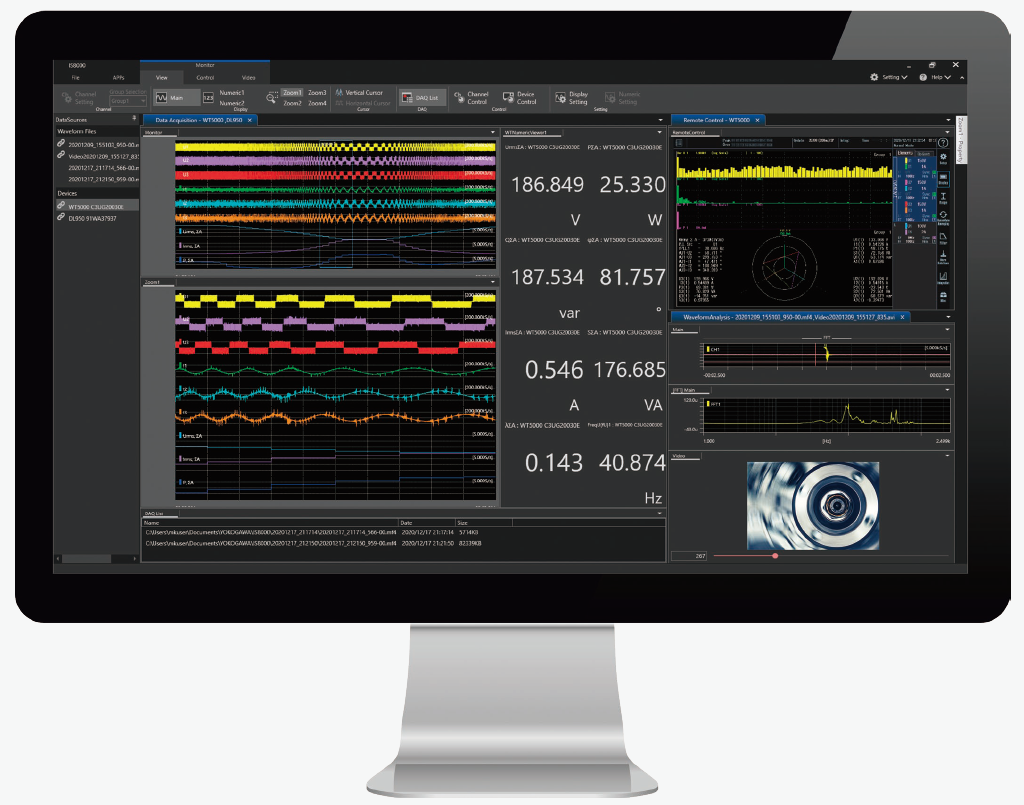Oscilloscopes
Oscilloscopes are, without doubt, one of the most important tools available in electronics – a window into the behavior of electrical signals. The understanding of how to use and interpret an oscilloscope adds a completely new dimension to one’s ability to troubleshoot circuits and even design efficient systems. This blog looks into what oscilloscopes are, how they work, their key features, and how to apply them well.
What is an Oscilloscope?
An oscilloscope is an electronic test instrument that represents signal voltage changes graphically in two dimensions: a plot of time versus voltage. It represents time on the horizontal axis and voltage on the vertical axis. This facilitates the evaluation of waveforms and, through their characteristics, helps diagnose potential problems in electronic circuits.

How Does an Oscilloscope Work?
Oscilloscopes record electrical signals and represent their behavior over time. The device functions by measuring voltage values at specific periods, which are plotted onto the screen. The higher the sampling rate, the closer this approximation comes to simulating reality.
Types of Oscilloscopes
- Analog Oscilloscope: These earlier models produce waveforms using a cathode ray tube, directly modulating an electron beam that sweeps over the screen to form the waveform. Though still in use, analog oscilloscopes have been largely replaced by digital ones.
- Digital Oscilloscope: The modern digital oscilloscope uses ADCs (Analog-to-Digital Converters) to convert the input signal into digital form. It processes and displays the signal on a screen and offers advanced features like data storage, advanced triggering techniques, and high accuracy.
Key Characteristics of an Oscilloscope
- Bandwidth: Defines the range of frequency for which the oscilloscope can accurately measure. For example, if the bandwidth is 100 MHz, the oscilloscope can measure signals up to 100 MHz without significant distortion.
- Sample Rate: The number of samples the oscilloscope takes per second. A higher sample rate captures faster signals with more detail. The sample rate should generally be at least five times greater than the highest frequency being measured.
- Channels: Oscilloscopes typically have 2 to 4 channels, allowing you to view multiple signals simultaneously, which is useful for analyzing and comparing complex circuits.
- Triggers: Triggers help stabilize repeating waveforms and capture specific events based on conditions like the rising or falling edge or pulse width of the signal.
- Vertical and Horizontal Sensitivity: Vertical sensitivity refers to scaling the voltage axis (Y-axis), while horizontal sensitivity refers to scaling the time axis (X-axis). These settings allow you to zoom in on parts of the signal for detailed analysis.
How to Operate an Oscilloscope
- Attaching the Probe: Connect the oscilloscope probe to the circuit or device to be tested. The probe typically has a signal probe and a ground clip.
- Time Base and Voltage Scale: Set the time base on the horizontal scale and the voltage scale on the vertical axis, adjusting according to the signal’s amplitude and frequency for a clear waveform.
- Use the Trigger: Stabilize the waveform by setting a trigger, which locks the oscilloscope to the desired part of the signal for observation and measurement.
- Signal Analysis: Once stabilized, analyze parameters like frequency, amplitude, rise time, fall time, and distortion. Modern digital oscilloscopes often have automatic measuring capabilities.
Common Uses of Oscilloscopes
Oscilloscopes have a wide range of applications, including:
-
- Fault Detection: Identifying and diagnosing issues in electronic circuits, such as signal distortion, noise, or timing faults.
- Engineering Analysis: Analyzing complex signals in communication systems, digital logic, and control systems.
- Education: Teaching the principles of signal behavior, electronics, and electrical engineering.
- Automotive Diagnostics: Troubleshooting problems in sensors, actuators, and control units within a vehicle’s electronic system.
How to Select an Oscilloscope
When selecting an oscilloscope, consider the following factors:
-
- Bandwidth: Choose an oscilloscope with a bandwidth greater than five times the highest frequency of the signals you will measure.
- Sampling Rate: Ensure the oscilloscope has a sampling rate at least 5 to 10 times the bandwidth to capture detailed waveforms.
- Number of Channels: For simple measurements, 2 channels are sufficient. However, for complex circuits, 4 or more channels are recommended.
- Ease of Use: If you’re a beginner, look for an oscilloscope with an intuitive interface, automatic measurement functions, and helpful features like built-in help menus.

Conclusion
Oscilloscopes are invaluable for understanding, analyzing, and troubleshooting electrical signals. They enable you to debug issues, design more efficient circuits, and gain a deeper insight into how your electronic systems function. Whether you’re working with audio signals, digital logic, or RF communication, an oscilloscope is an essential tool for any electronics toolkit.


